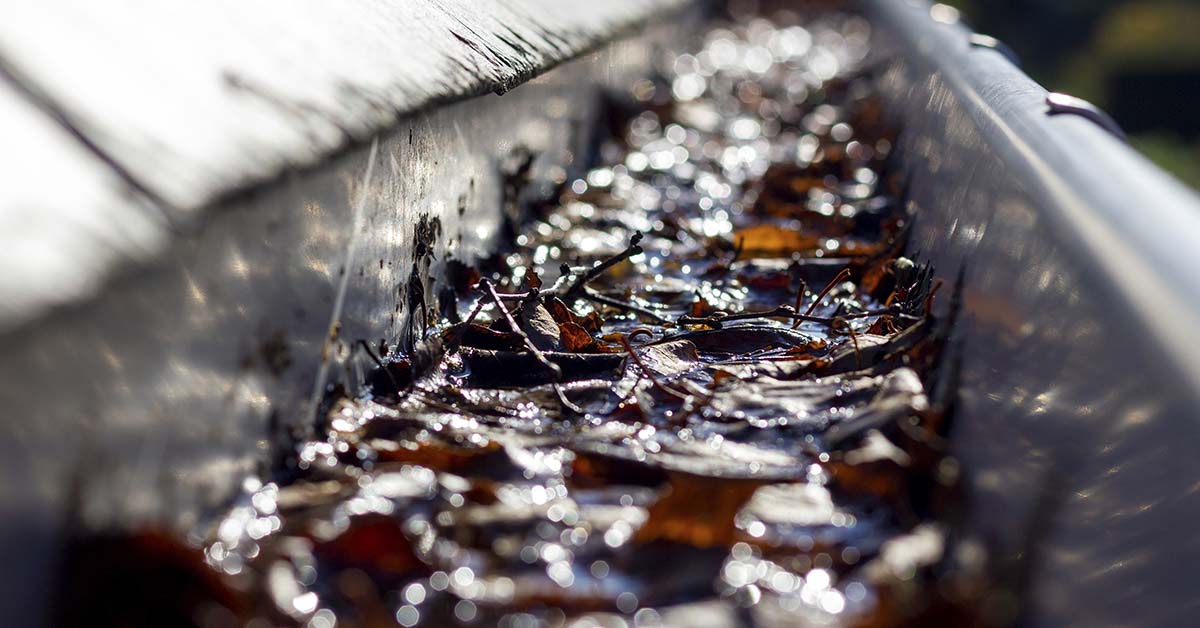Home sweet home – a phrase that embodies warmth, comfort, and security. But have you ever considered that your daily habits and seemingly innocuous actions could slowly chip away at the sanctity of your haven? There are many things we tend to think are not problematic, but they are actually breaking your house down slowly but surely. So, instead of leaving them, it is best to try to fix them.
Sure, owning a house is expensive enough, let alone having to try fixing the problems. But, if you don’t, it might create a much more expensive issue in your life further down the line. In this comprehensive guide, we’ll explore 31 common things people do that can undermine the well-being of their residences. By the end of this article, you will be an expert on spotting future damages and preventing them altogether. We hope you enjoy this detailed description of human negligence in their homes.
1. Using Potent Drain Cleaners
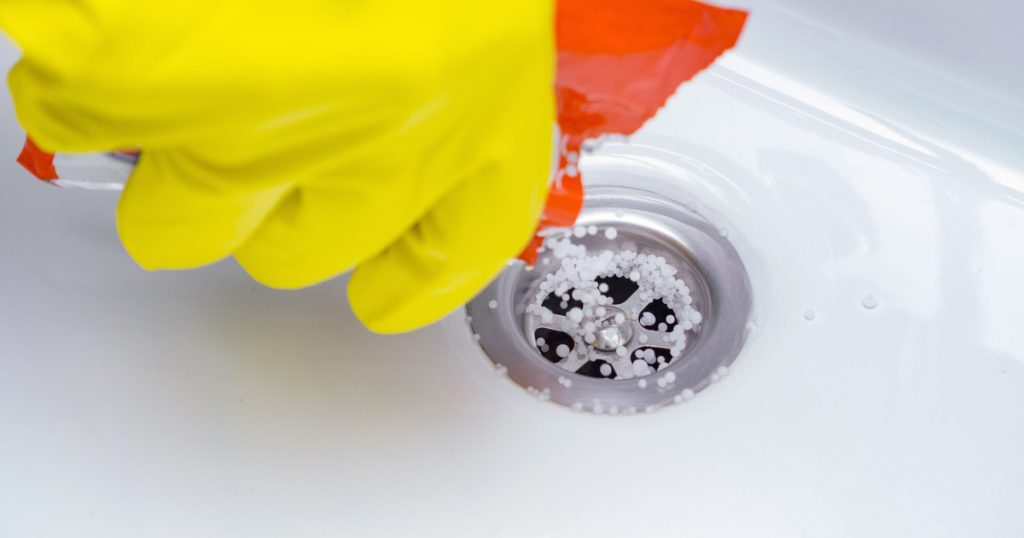
We can all agree that a blocked pipe can be annoying. No one likes a shower that won’t drain, leaving you standing in a puddle of dirty water. Or, a kitchen sink that won’t drain, making it smell bad. Sure, a chemical drain cleaner might seem like the answer to your prayers. But it’s only providing a quick fix. The long-term damage they cause is much more costly. The chemicals not only break down the blockage in the pipe, but they also begin to degrade the pipes themselves over time.
2. Accidentally Slamming Your Doors
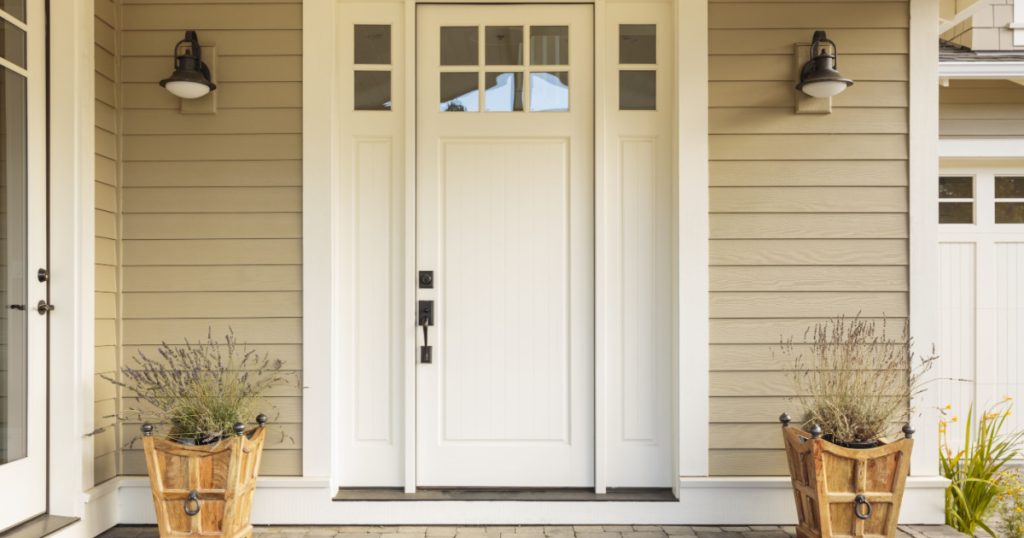
When a door slams repeatedly, it can cause structural damage. Too many slams may create little cracks in the walls or break the foundation of the door frame. As a result, moisture might enter your home, leaving the heat out. This, right here, is a mold risk.
3. Not Cleaning Your Gutters
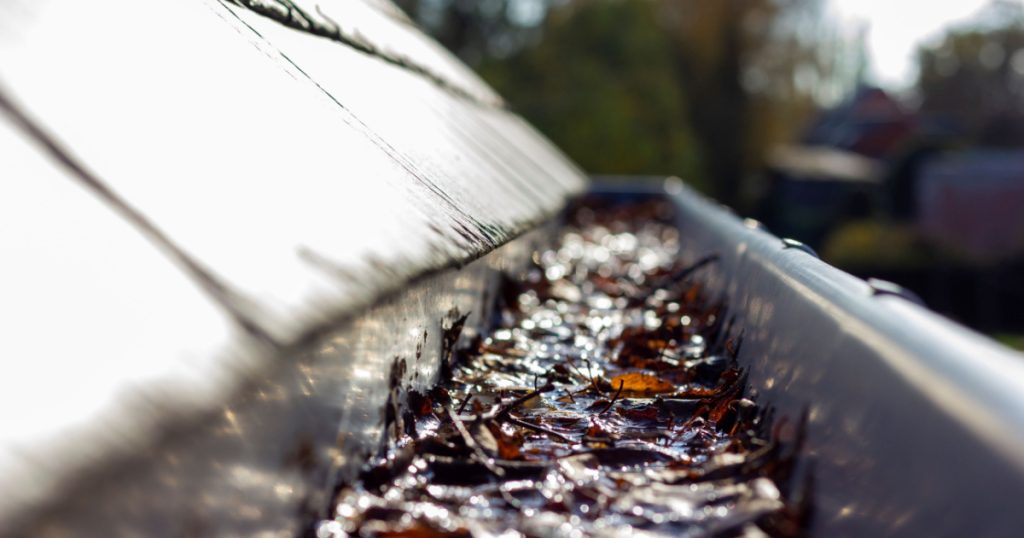
Neglecting to clean your gutters can create a cozy highway for unwelcome critters to enter your home. These critters can range from insects like ants and termites to rodents seeking shelter. So, regularly clearing out your gutters can prevent such infestations and protect your home’s structural integrity.
4. Hammering Nails Directly Into Plaster
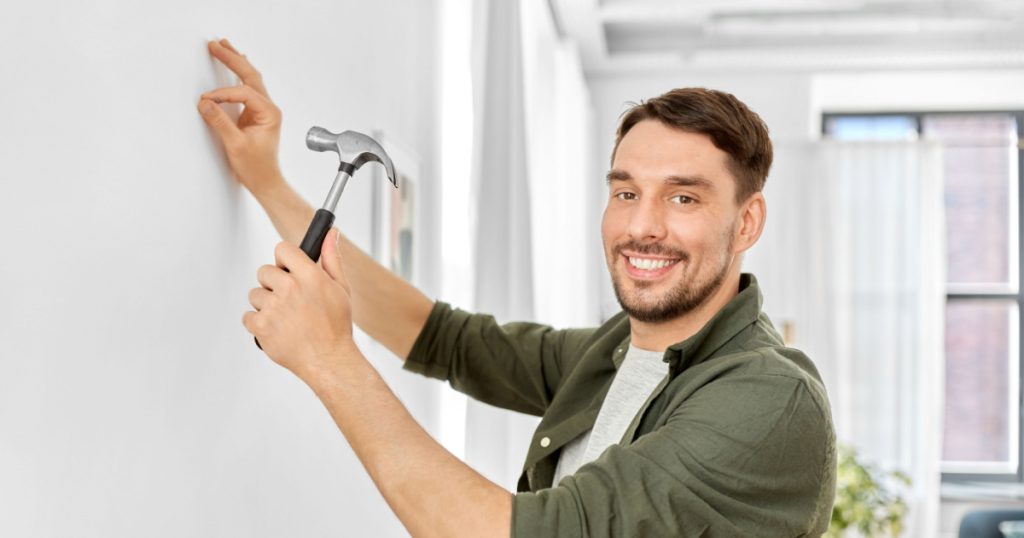
While it might seem like a quick and easy way to hang things, hammering nails directly into plaster walls can lead to cracks and crumbling over time. Instead, use wall anchors or find wall studs to ensure your decorations are securely hung without damaging your walls.
5. Using a Hairdryer Too Often
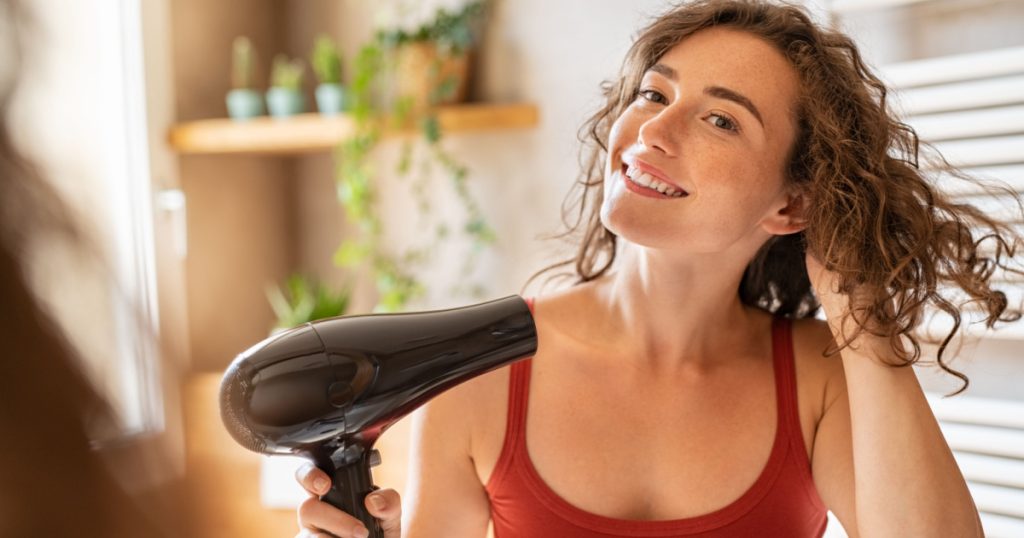
Using your blow dryer excessively consumes energy and increases humidity levels in your home. Elevated humidity can encourage mold and mildew growth, leading to health issues and costly remediation efforts. Opt for air-drying your hair whenever feasible.
6. Not Adding an Exhaust Fan in The Bathroom
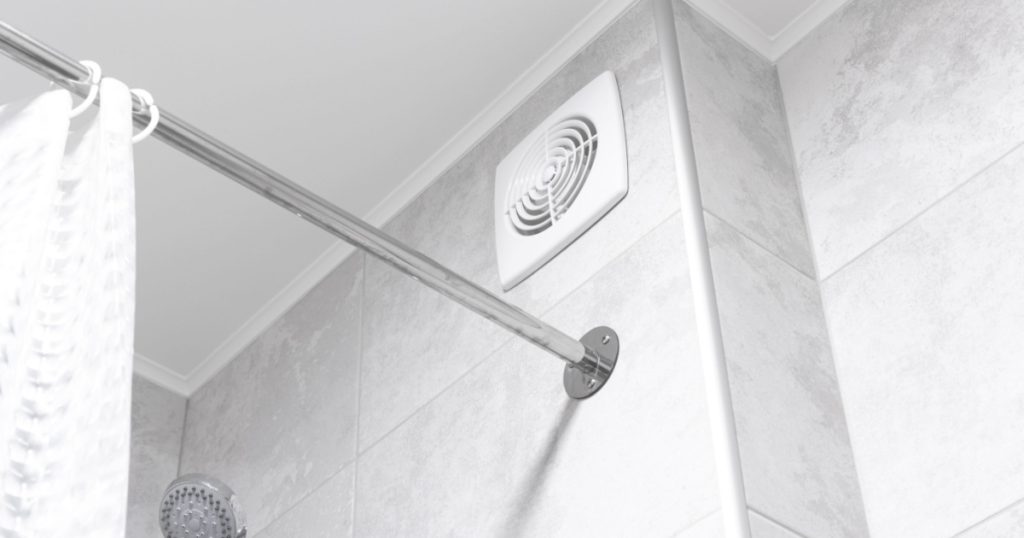
Steam from showers and baths creates moisture in the air, which can lead to mold and mildew growth if left unchecked. Installing and using an exhaust fan in the bathroom helps dissipate excess moisture, keeping your bathroom dry and mold-free.
7. Letting Your Faucet Drip For a Relaxing Ambiance
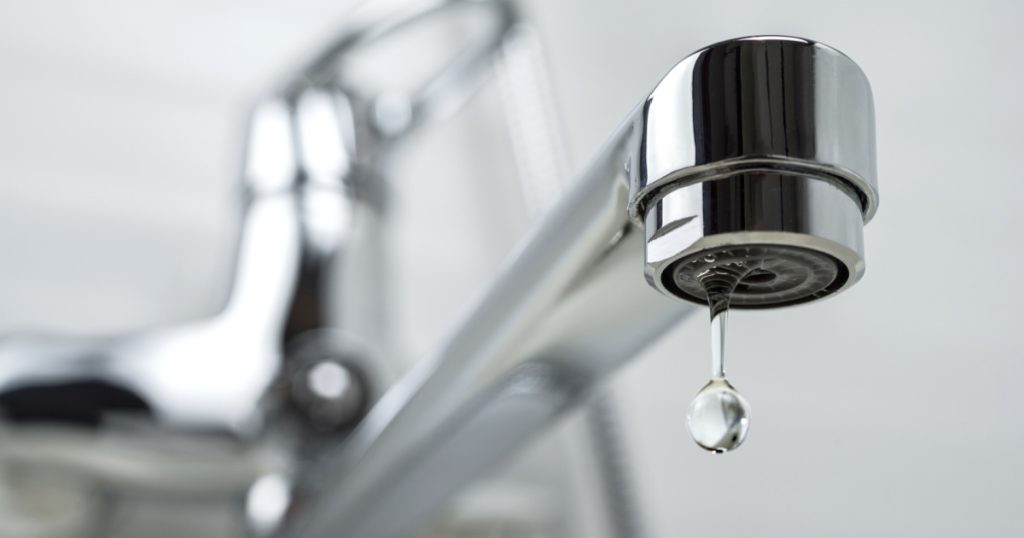
The soothing sound of a dripping faucet might create a spa-like atmosphere, but it can also signal a water leak. Even a small drip can waste a significant amount of water and increase water bills. Address dripping faucets promptly to prevent water waste and costly repairs.
Read: Here are at least 50 things everyone should have a supply of for the year ahead
8. Thinking Your Itchy Eyes Are Allergies
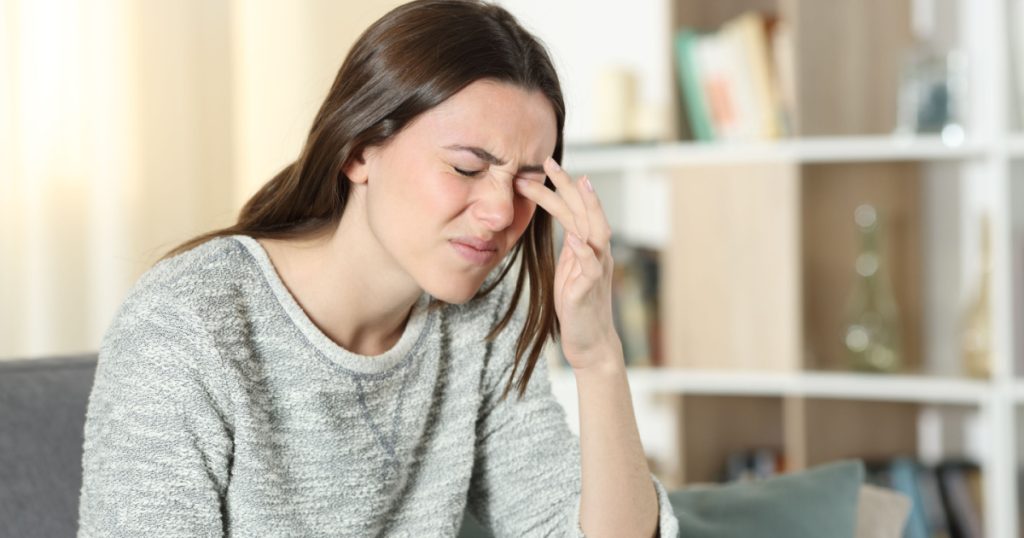
If you or your family members frequently experience allergy-like symptoms such as itchy eyes or sneezing indoors, it could be a sign of mold infestation. Mold spores can trigger allergies and respiratory problems. Investigate and address potential mold issues to ensure a healthy living environment.
9. Not Vacuuming the Dust
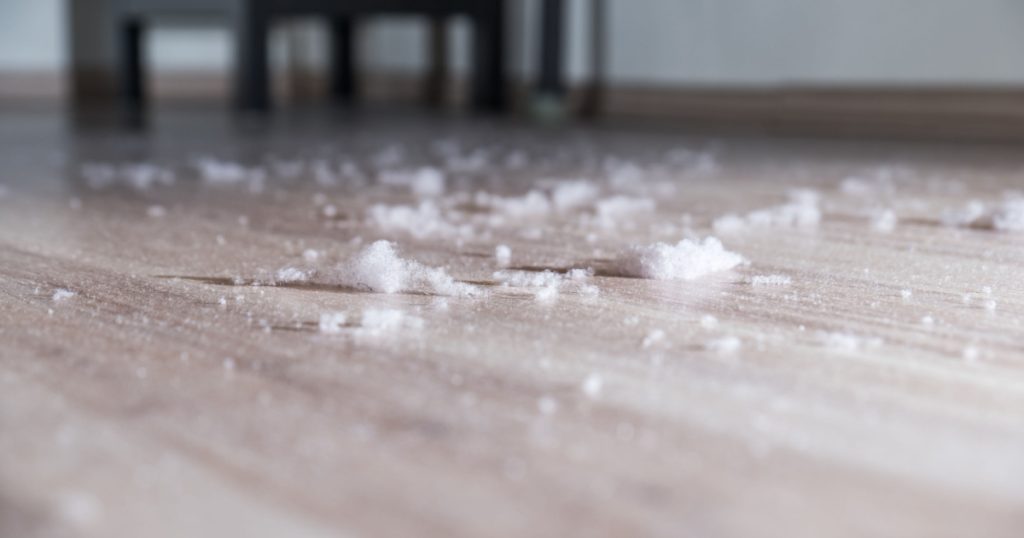
Dust and debris can accumulate on floors and surfaces, affecting indoor air quality and causing wear and tear on your home. Regular sweeping or vacuuming helps maintain cleanliness and extends the lifespan of your flooring and furnishings. Many people have dust allergies. But, even for those that don’t, excess dust in the air is damaging to the lungs.
10. Adding Paving Right Up to Your Foundation
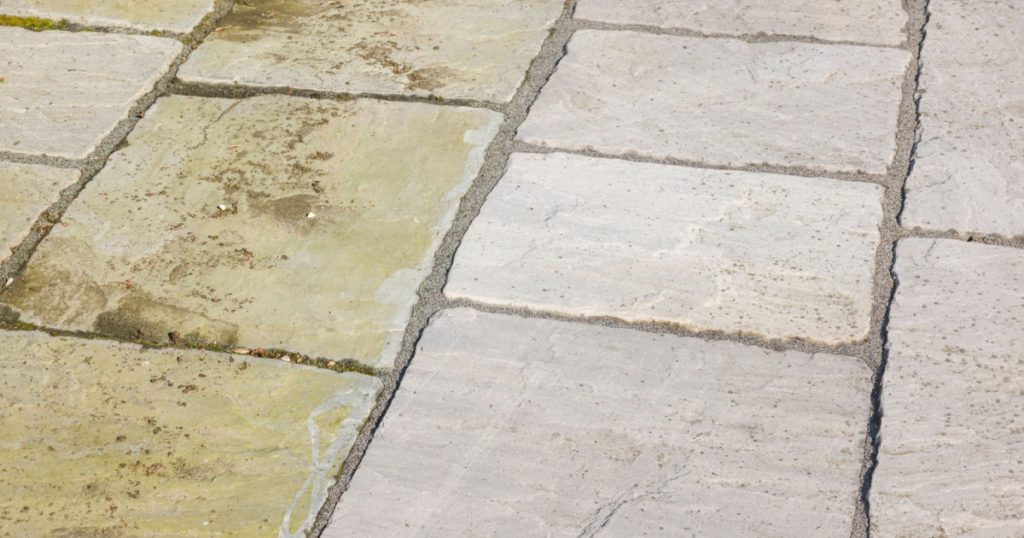
While a continuous concrete or asphalt driveway may seem practical, it can prevent rainwater from evaporating off these surfaces. Without proper drainage, rainwater can pool around your foundation, increasing the risk of basement flooding and foundation damage. Leave a gap or consider permeable materials to promote proper drainage.
11. Not Consulting an Architect Before Adding Extra Rooms Onto Your House
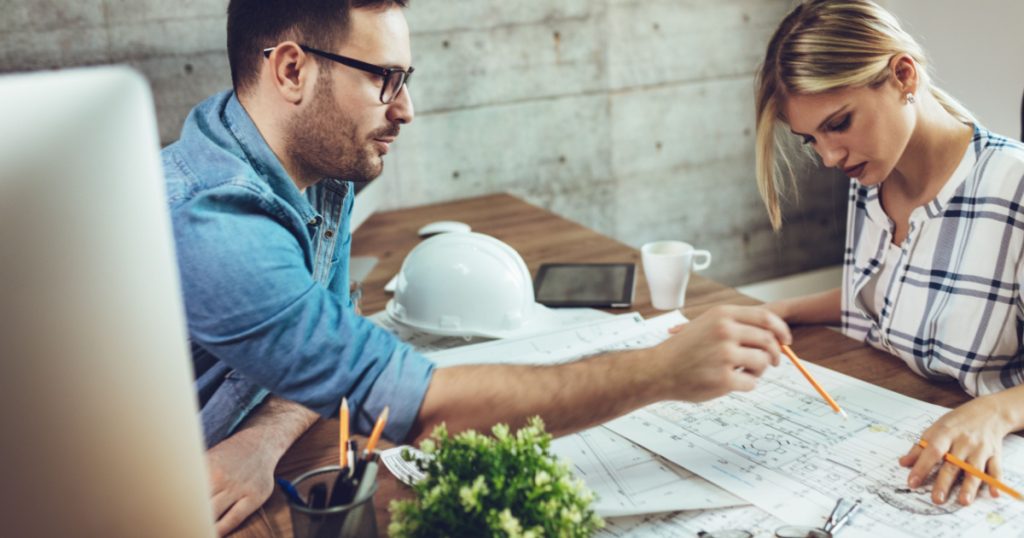
Home additions can be exciting, but they also require careful planning to ensure structural integrity and proper design. Skipping professional consultation can lead to issues like uneven floors, inadequate support, or inefficient layouts. Invest in an architect’s expertise to create functional and well-structured additions.
12. Plugging Electronics Too Close To the Thermostat
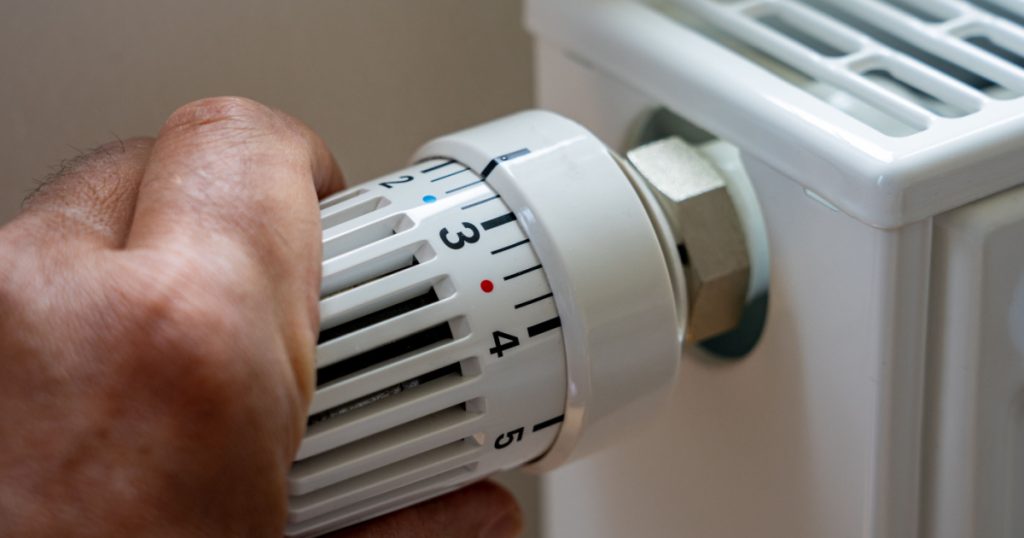
The heat generated by nearby appliances can affect your thermostat’s accuracy, leading to incorrect temperature readings. Not only that, but the electronics can also overheat, which might create a fire risk. Ensure that heat sources do not obstruct your thermostat to maintain a comfortable and energy-efficient home environment.
13. Not Maintaining Your Roof
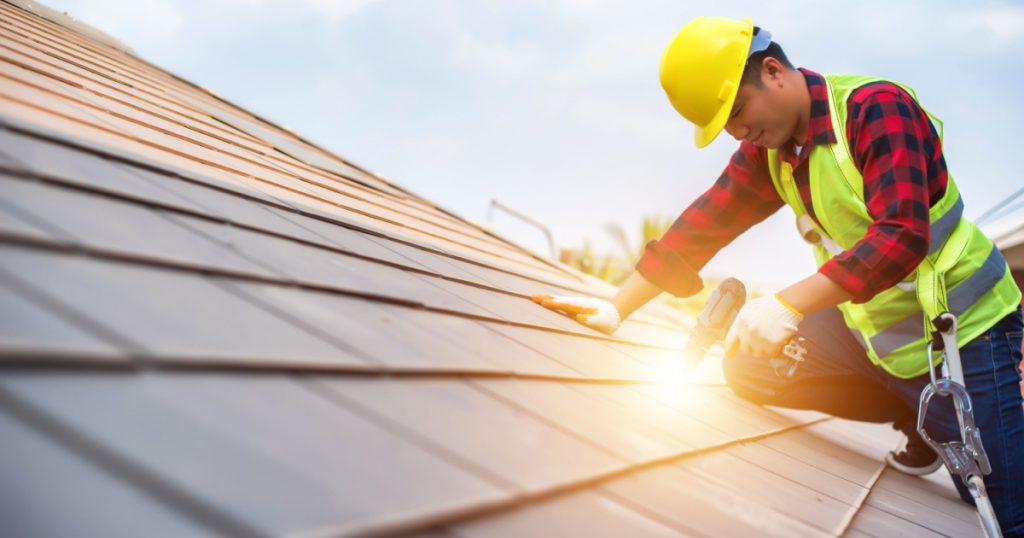
Your roof is your home’s first line of defense against the elements. Small roof issues can quickly escalate into costly disasters if left unchecked. Regularly inspect your roof for damaged shingles, leaks, or wear and tear signs, and promptly address any problems to prevent extensive damage.
14. Forgetting to Bleed Your Radiators
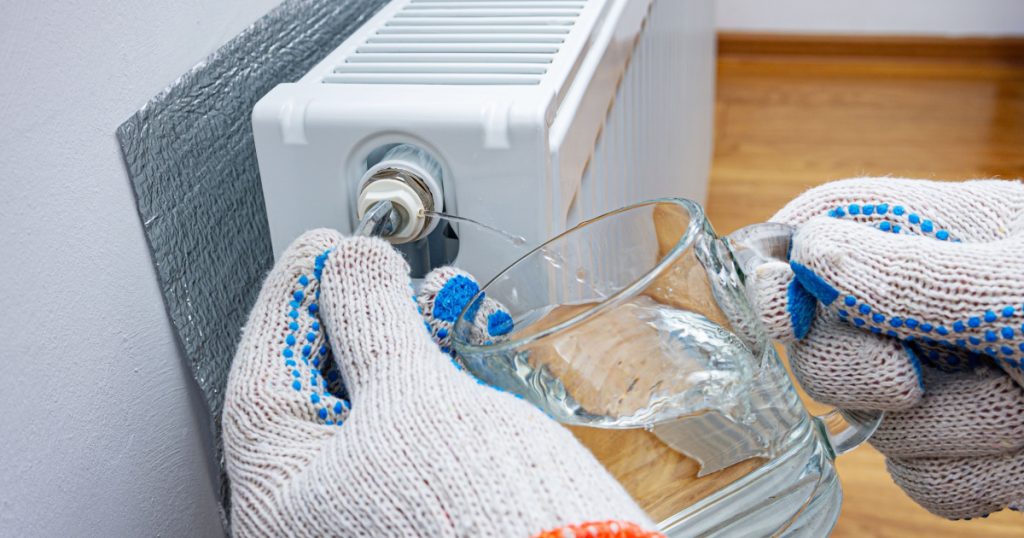
Radiators in your home’s heating system may accumulate air pockets over time, reducing their efficiency and causing uneven heating. Bleeding the radiators by releasing trapped air ensures that heat is distributed evenly throughout your home, improving overall comfort and energy efficiency.
15. Forgetting to Secure Your Plumbing Pipes:
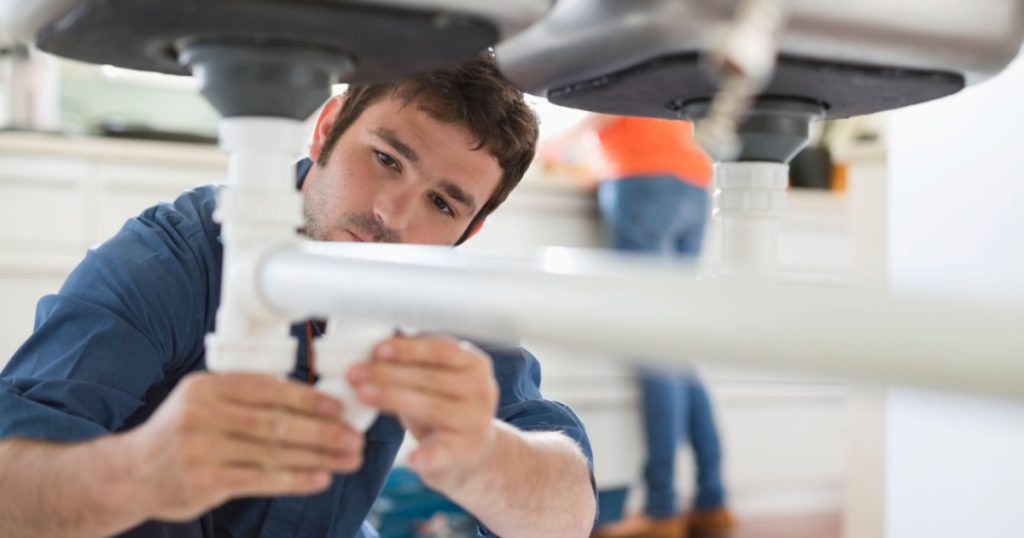
Loose or improperly secured plumbing pipes can lead to leaks, which can cause water damage, mold growth, and costly repairs. Inspect your plumbing regularly and ensure all pipes are properly fastened and insulated to prevent potential issues.
Read: 9 Plumbing Tips And Tricks To Help You Be Handier Around The House
16. Not Adding the Rust Blocker
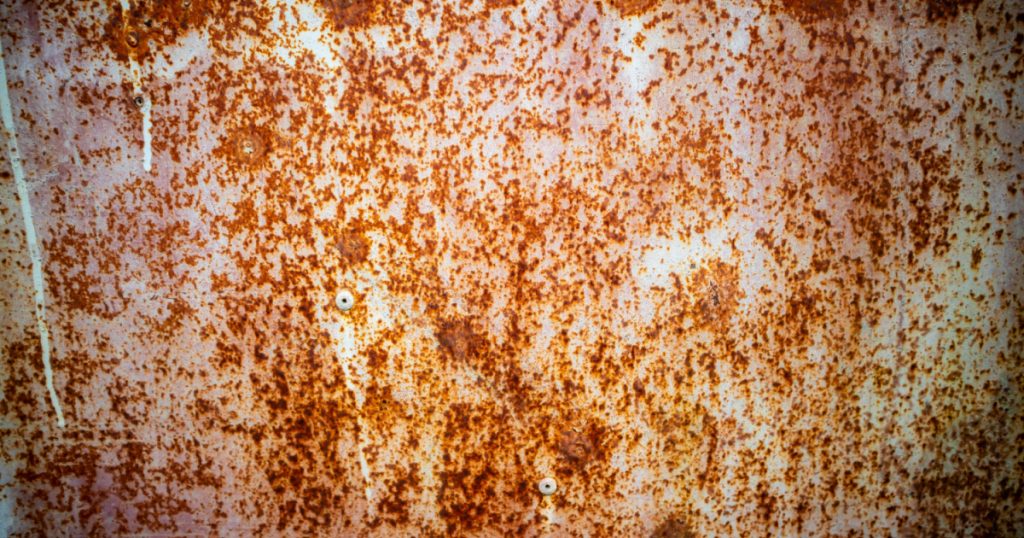
Metal surfaces in and around your home, such as iron railings and outdoor furniture, are susceptible to rust when exposed to moisture and oxygen. Applying a rust blocker or paint can help protect these surfaces, extending their lifespan and preserving your home’s appearance.
17. Not Insulating Your Attic
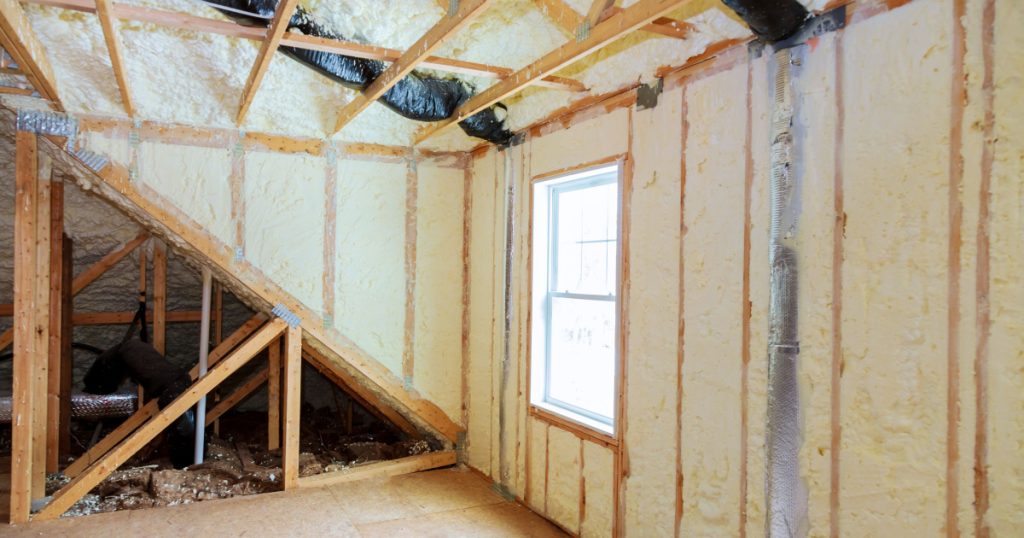
Inadequate insulation in the attic can result in high energy bills and discomfort, especially during extreme weather conditions. Proper attic insulation helps regulate indoor temperatures and reduces the strain on your heating and cooling systems. Consider adding or upgrading insulation in your attic to improve energy efficiency.
18. Leaving Puddles to Dry Naturally
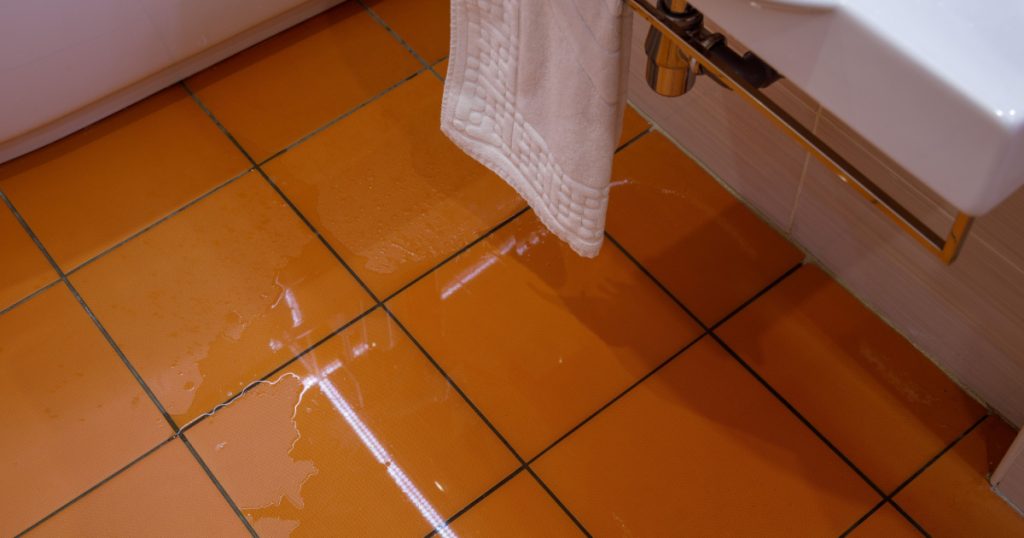
Puddles of water left unattended can seep into flooring, walls, or foundations, leading to water damage, structural issues, and potential mold growth. Quickly address and dry up any standing water to prevent these problems.
19. Not Fixing Cracks in Plaster
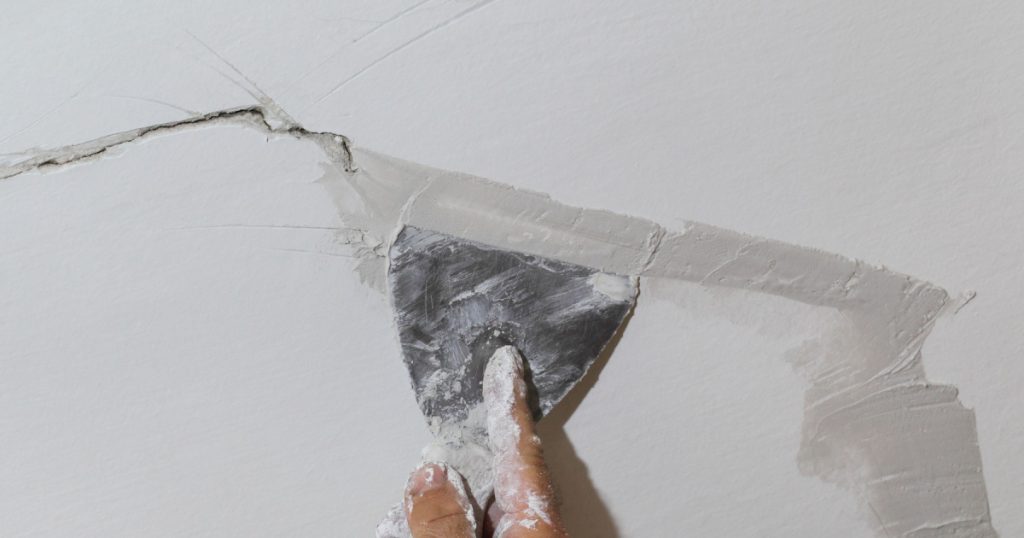
Cracks in plaster walls may seem minor, but they can worsen over time, compromising both aesthetics and structural integrity. Repairing cracks promptly and properly ensures that your walls remain sturdy and visually appealing.
20. Ignoring the Flickering Lights
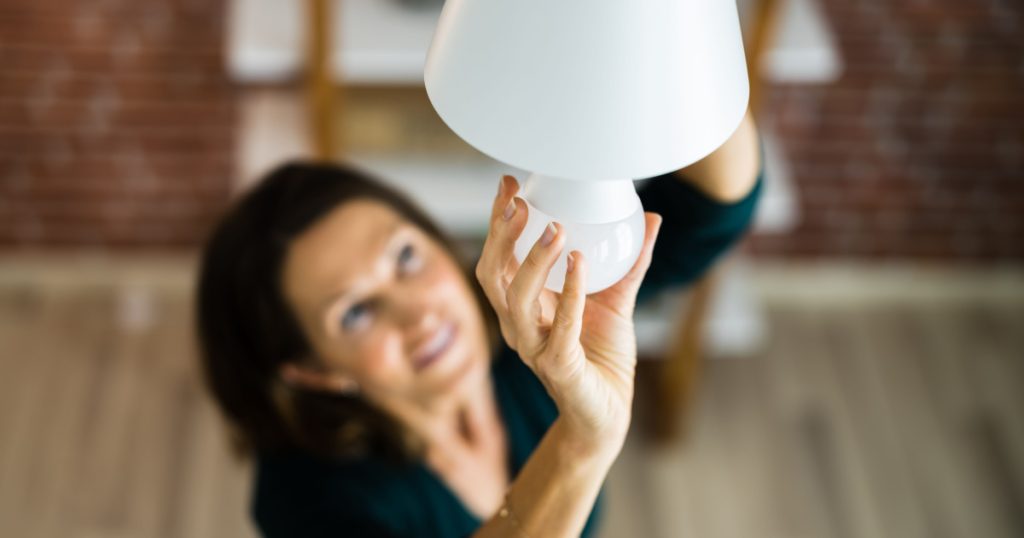
Flickering lights can be a sign of electrical issues that need immediate attention. These issues can range from loose connections to overloaded circuits, and they pose a potential fire hazard. Consult an electrician to diagnose and resolve the problem to ensure your home’s safety.
21. Placing Your Grill Too Close to Your House
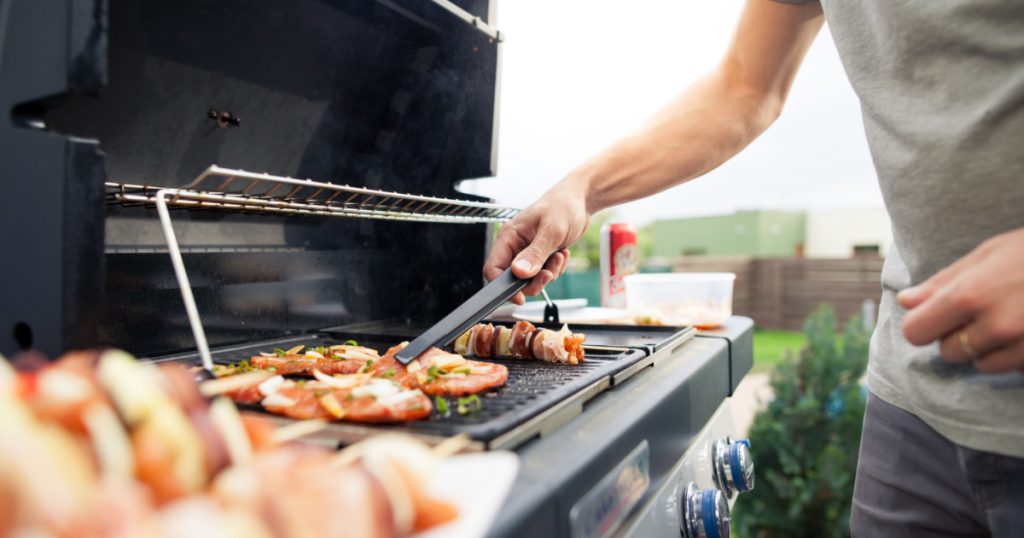
Grilling near your home’s exterior can be a fire hazard, especially if your grill uses open flames. Additionally, the heat generated by grilling can cause siding or paint damage. Always maintain a safe distance between your grill and home’s exterior to prevent accidents and damage.
22. Ignoring the Bad Water Pressure
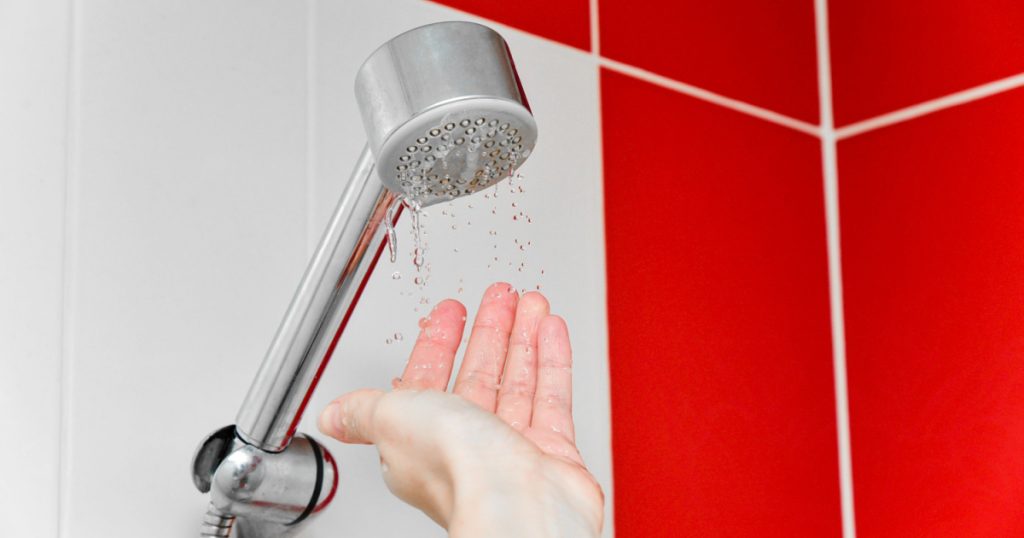
Low water pressure can indicate plumbing problems, including leaks or clogs in your pipes. Addressing the issue promptly can prevent further damage and ensure a consistent and adequate water supply throughout your home.
Read: Have silverfish in your home? You could have an expensive problem on your hands.
23. Not Cleaning Your Chimney
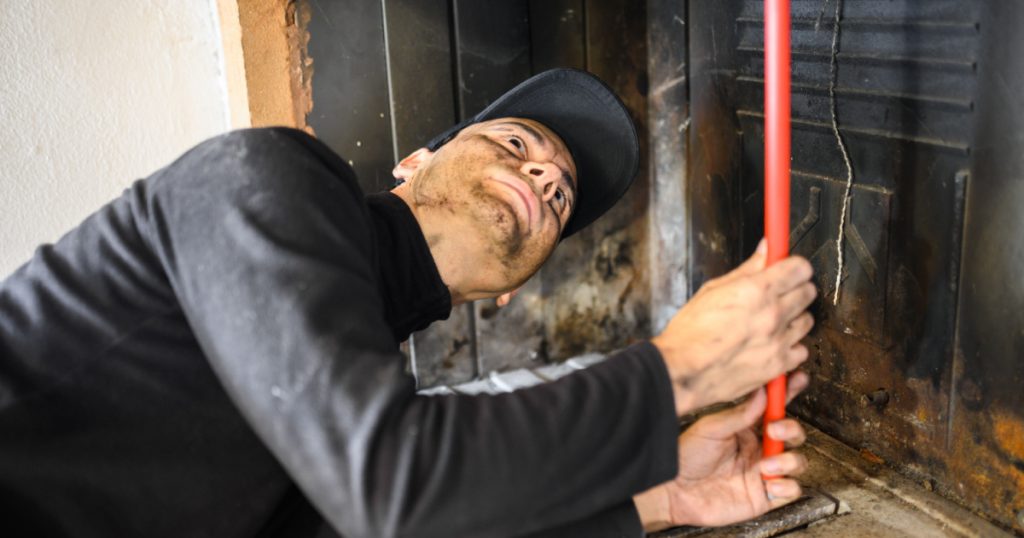
Neglecting chimney maintenance can lead to fire hazards and poor indoor air quality. Subsequently, a dirty or blocked chimney can obstruct the flow of smoke and gases, increasing the risk of carbon monoxide exposure and chimney fires. Regular chimney cleaning and inspections are essential for safety.
24. Not Sweeping Wet Leaves Off Your Porch
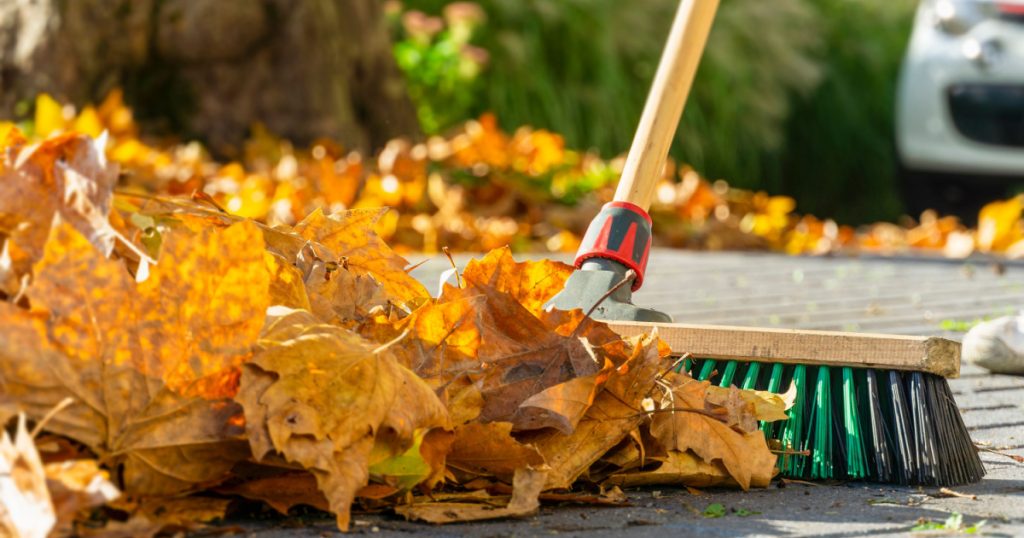
During the fall, wet leaves left on your porch or walkways can trap moisture, potentially damaging wood surfaces and creating an ideal environment for pests and fungi. Regularly sweep or remove wet leaves to prevent damage and maintain your porch’s appearance.
23. Letting Those Vines Grow On The Outside Walls
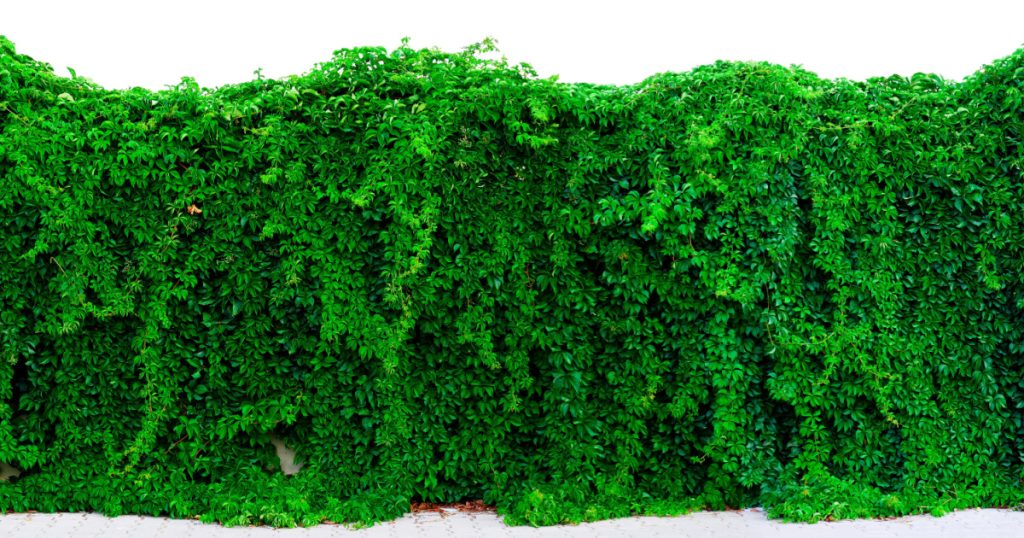
While climbing vines can add charm to your home’s exterior, they can also damage siding and create a pathway for pests to enter your home. Monitor and trim vines regularly to prevent structural damage and pest infestations.
Read: 18 Gross Things That Are Actually Good for You
24. Not Exchanging Outdoor Shoes for Indoor Shoes
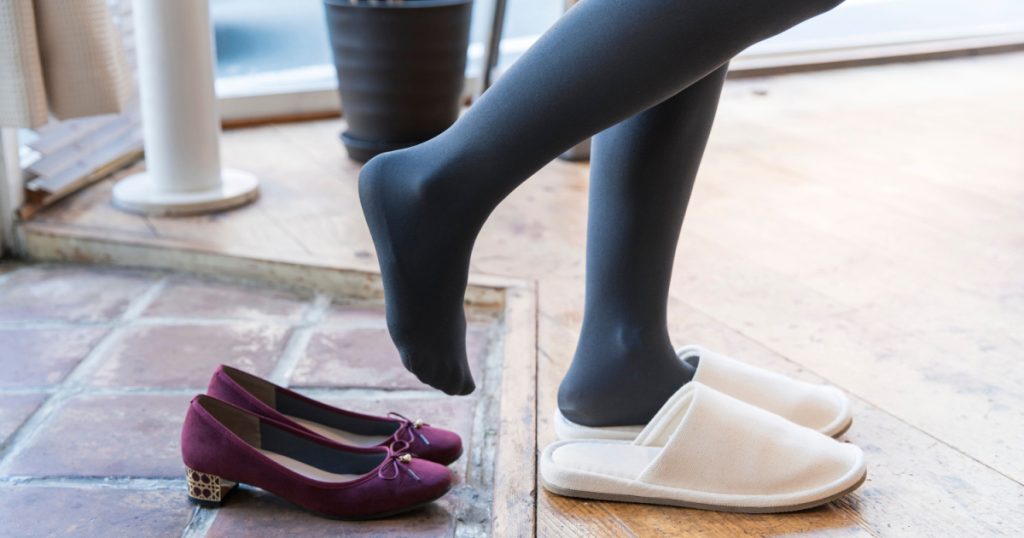
Shoes worn outdoors can track in dirt, debris, and potentially harmful substances like pesticides or chemicals. This can lead to premature wear and tear on flooring and contribute to a less hygienic indoor environment. Establish a no-shoes policy indoors to maintain cleanliness and protect your floors.
25. Letting Your Clothes Dry Indoors
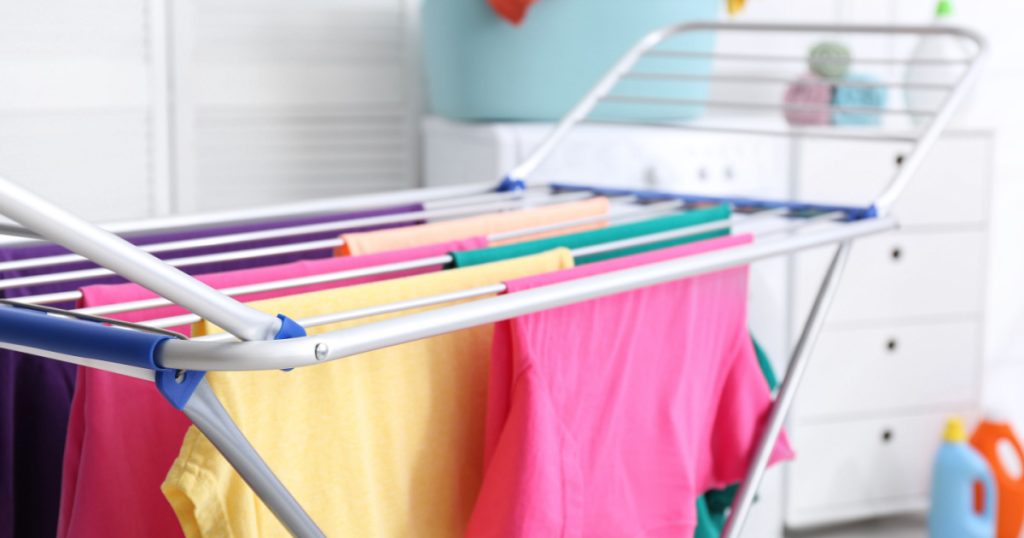
Drying clothes indoors can increase indoor humidity levels, especially in small spaces. Excess humidity can encourage mold growth and make your home less comfortable. Use outdoor clotheslines or a well-ventilated laundry area to dry your clothes whenever possible.
26. Forgetting to Put Fresh Batteries in Your Smoke Detector
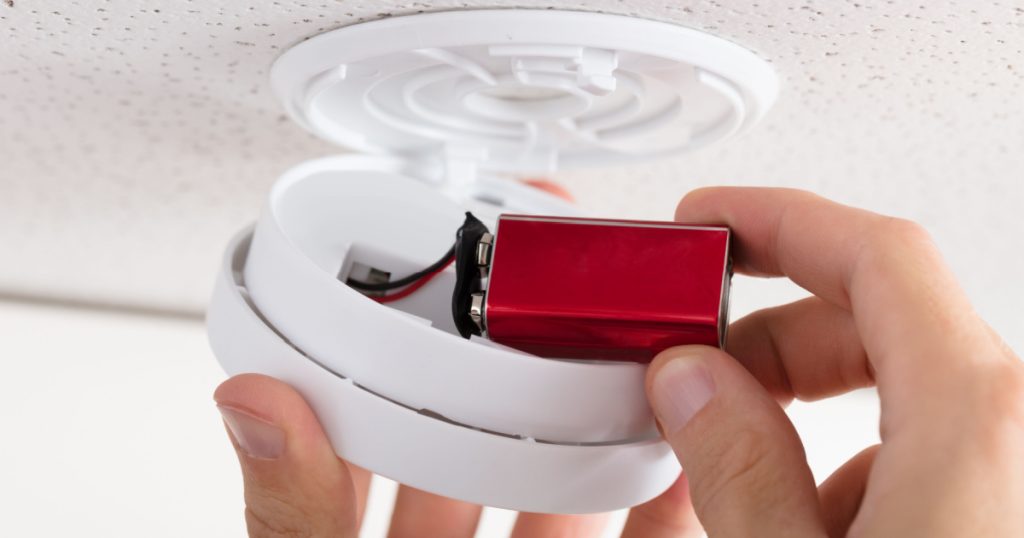
Smoke detectors are critical for early fire detection and safety. Failing to replace their batteries regularly can result in non-functioning detectors when needed. Make it a habit to change the batteries in your smoke detectors at least once a year.
27. Not Locating the Studs in The Wall Before Hanging a Painting
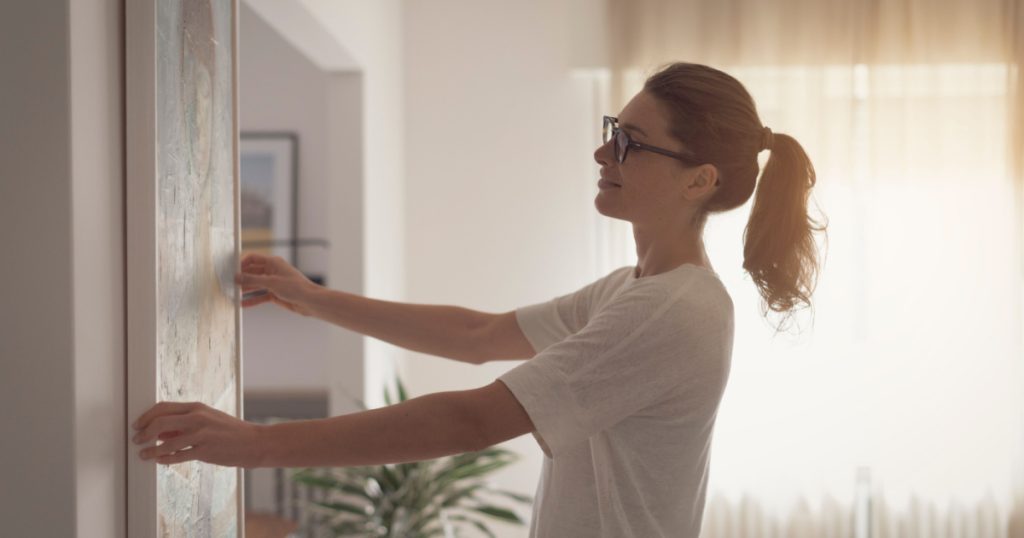
Haphazardly hanging heavy objects on your walls without finding wall studs can lead to damage, including holes and cracks. Therefore, use a stud finder to locate the studs and secure heavy items properly to prevent wall damage.
28. Not Disposing Grease Properly
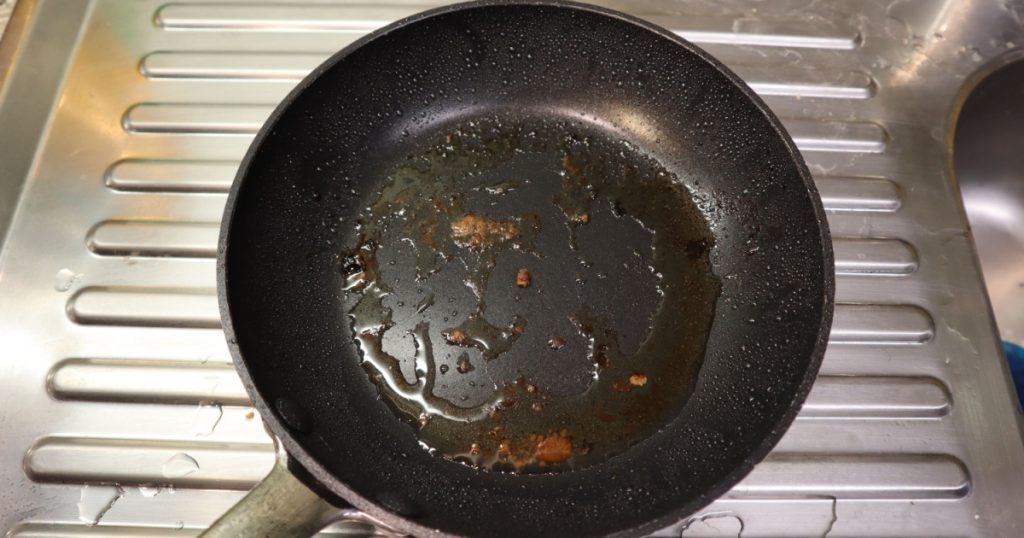
Grease and oils may flow easily down the drain when hot, but they can solidify and cause clogs further down the plumbing system. In other words, dispose of grease in a designated container and avoid pouring it down the drain to prevent plumbing problems.
29. Adding an Airconditioner By Cutting Through a Wall
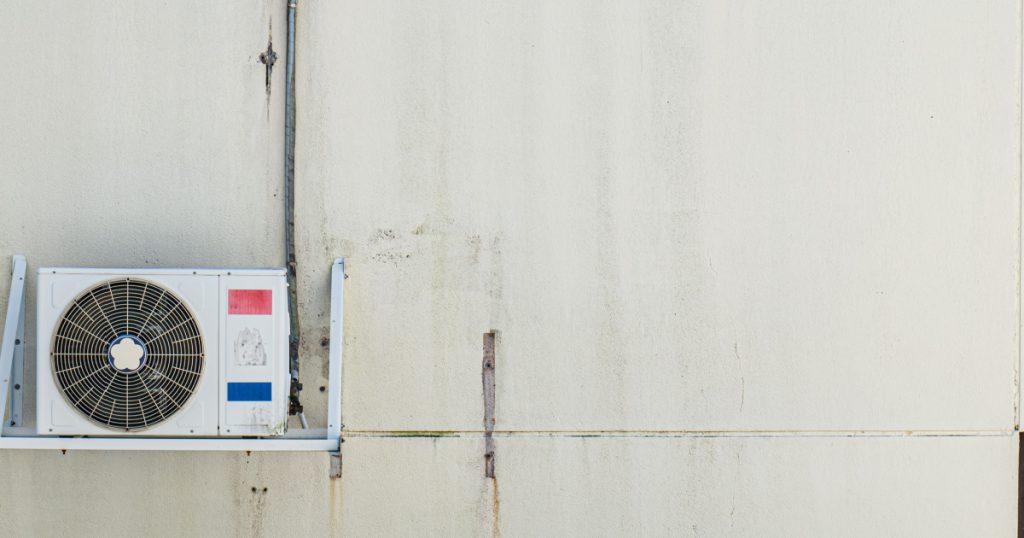
Adding air conditioning units to your home without proper installation can weaken structural integrity and reduce energy efficiency. Consult a professional to ensure that any modifications to your walls are done correctly and safely.
30. Not Maintaining Your HVAC Filters
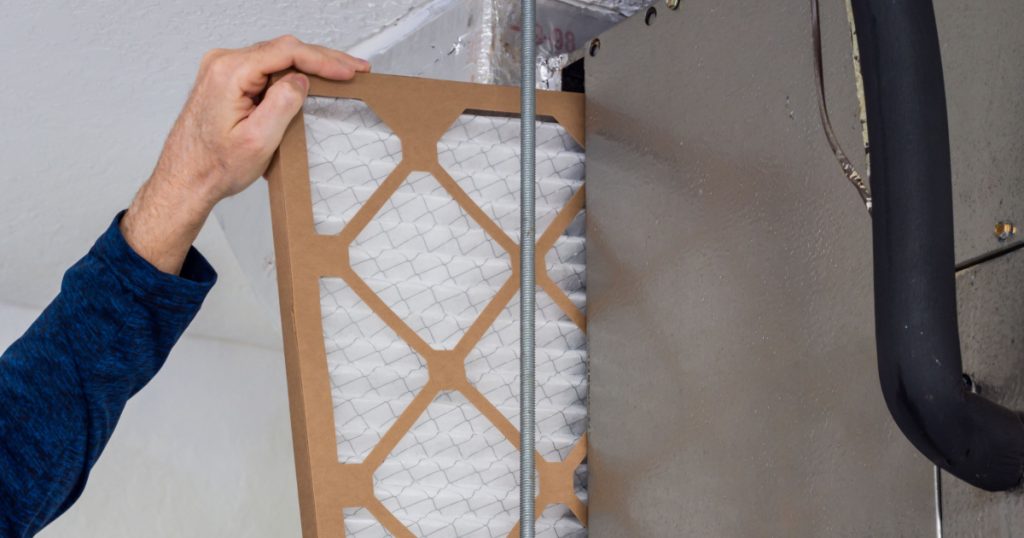
Dirty HVAC filters can restrict airflow, reduce system efficiency, and lead to poor indoor air quality. So, make sure you regularly clean or replace filters according to manufacturer recommendations to maintain a healthy and efficient HVAC system.
31. Letting Critters Move In
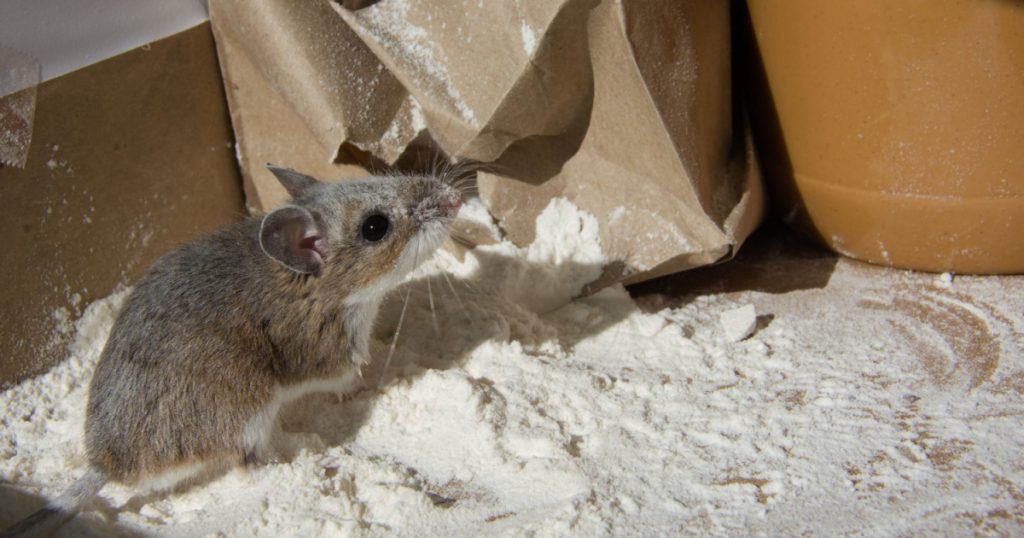
Unwanted pests can cause damage, spread diseases, and create a nuisance in your home. Inspect your home for potential entry points, seal them off, and take preventive measures to keep critters out. If an infestation occurs, address it promptly to avoid further damage and health risks.
Keep Reading: 10 Things You Probably Didn’t Know About the Amish
Sources
- “50 Ways You’re Damaging Your Home and Don’t Even Know It.” Yahoo Lifestyle. Sarah Crow. October 18, 2018.
- “24 things you’re probably doing that can ruin your home.” moneywise. Bronwyn Pettry. January 28, 2022.
